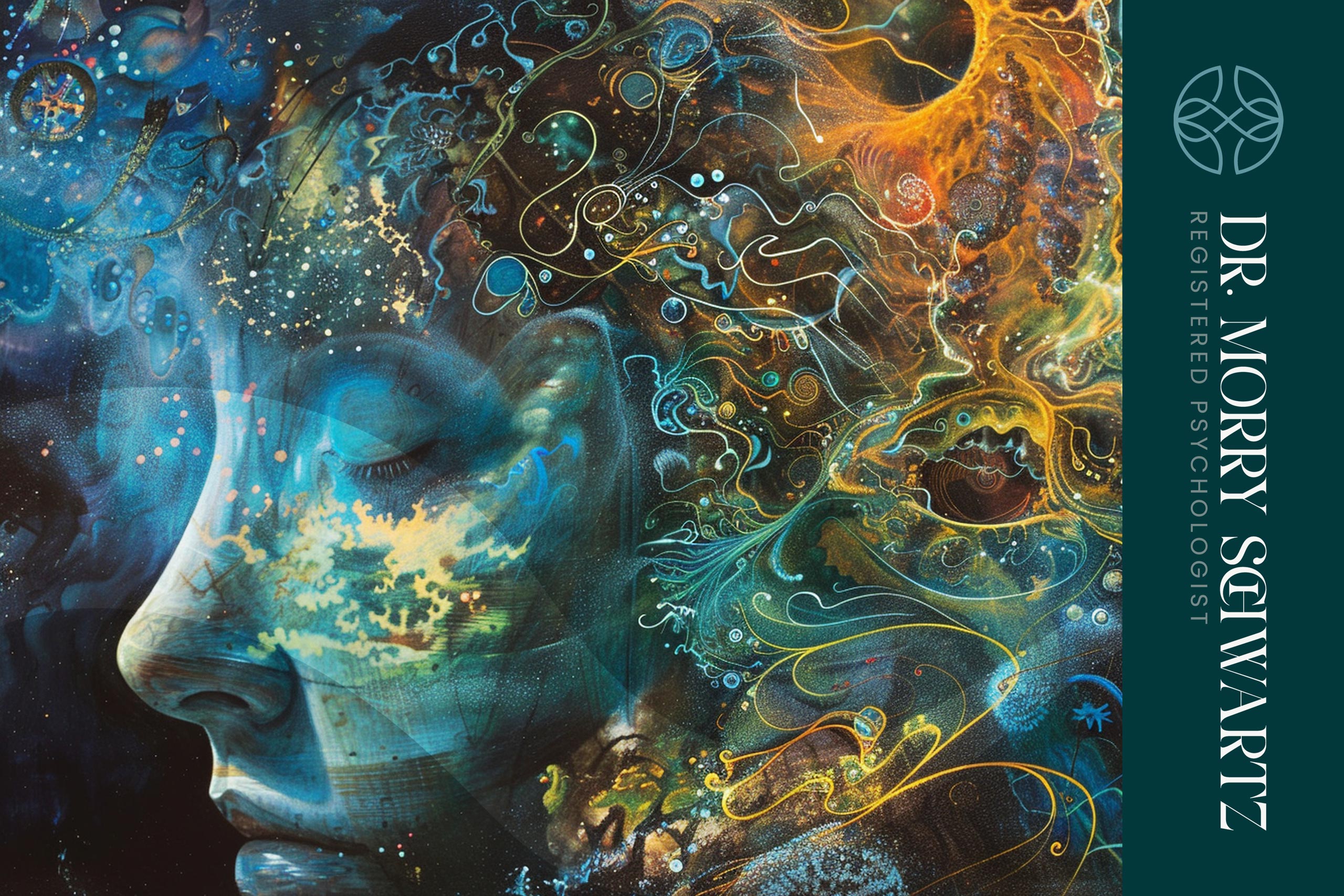Harnessing the Healing Power of Art for Mindfulness and Mental Health
As a psychologist deeply invested in the well-being of my clients, I have come to appreciate the profound impact that art can have on mindfulness and mental health. Incorporating art into our lives can open new doors to healing and self-discovery. Appreciating and engaging in art is one of my favourite and accessible forms of self-care, and one that I love encouraging my clients to explore.
Engaging in art for the sake of mental health is not about creating masterpieces or adhering to strict rules of technique.
Instead, it is a process of self-expression and exploration that can be deeply therapeutic.
Here are a few suggestions on how art can be a powerful tool for cultivating mindfulness and promoting mental wellness.
Encourages Mindfulness
Mindfulness is the ability to be present with ourselves and our thoughts without judgment. Mindfulness is something I often speak about in my sessions with clients. The link between art and mindfulness is an important one. When we explore an art gallery, go to a concert, or watch a beautiful film, we are often encouraged to immerse ourselves in the present moment, naturally entering into a state of mindfulness. This helps us quiet the mind and remind ourselves and our bodies what it feels like to be present, something many of us struggle to get back to as we’re so often faced with day-to-day stress and overwhelm.
Challenges Perfectionism
A lot of the pushback I hear when it comes to incorporating art into mental well-being is “But I’m not creative”. A lot of us have been unfairly labelled as lacking creativity as a result of experiences we have had where we were not able to create art “perfectly”. When we hear these messages in childhood, we may then unfortunately shy away from our creativity or the act of making art, feeling as though it’s not for us. One of the beautiful things about creating art for the sake of our mental health is that we are encouraged not to focus on the final product but to focus solely on the process of creating. We are allowed to create without the internal or external pressure of having the art “look” a certain way. This allows us to follow our creative impulses from a non-judgmental space and encourages us to truly enjoy the present moment. If we notice our perfectionist brain coming up and find ourselves becoming critical about what we are creating, no need to worry. This is a great opportunity to practice what is called exposure therapy. We are exposing ourselves to a situation that is triggering our inner critic, challenging ourselves to be compassionate with that criticism, thus cultivating a more compassionate response. Creating can be an excellent way to practice self-compassion.
Expression without Words
It’s normal and quite common for us to struggle, at times, with expressing ourselves through words. Not everyone feels comfortable articulating their feelings or thoughts verbally. Art is a wonderful tool to encourage emotional expression when we simply cannot find the words to do so. Creating art for the sake of creating helps us to externalize our inner experiences. We can then take it a step further and challenge ourselves to reflect on the art we have made, asking ourselves questions about why we made what we made, how we felt when creating it, and what the art may mean to us. Art is a powerful tool for self-exploration and the externalizing of stress. It’s a tool that we can use when we find ourselves struggling with overwhelming feelings of sadness, anger, or fear, as it provides us with a healthy outlet for processing these emotions. Creating may help reduce physiological arousal, promoting relaxation and a calming effect on our nervous system. Engaging in art is a fantastic tool for lowering stress.
Facilitates Connection
Human beings are social creatures by nature, and we require some healthy connection with others to feel safe. For those of us who struggle with social anxiety and loneliness, visiting an art gallery can be a great and low-stakes opportunity to surround ourselves with other human beings. It’s so important to carve out moments of relaxation and respite from our busy world. Visiting an art gallery offers a welcome escape from the demands of everyday life, and encourages us to be surrounded by other human beings in need of the same. This can help us feel less alone and encourage a sense of belonging, something we all deserve.
Integrating art into mindfulness practices and mental health treatment offers profound benefits. Art fosters mindfulness, challenges perfectionism, facilitates emotional expression, and promotes connection with oneself and others. By embracing art as a therapeutic tool, we open doors to healing, self-discovery, and a greater sense of belonging.





